1965 – Out In the Big Wide World!
It was promising to be another long summer holiday spent splashing at the local swimming pool, laying spectacular water bombs, and watching the poolside mayhem and gawking at girls. This scene was rudely interrupted by letters from several institutions requesting my attendance at an interview. The idea of working in a bank did not appeal. A letter with the nice Kangaroo & Emu emblem beckoned me as being suitably nebulous – the Commonwealth Public Service. I had no idea what they did. At the Public Service Board offices in Spring Street (since demolished) a nice man asked me about my interests – “football, cricket, books and music and maybe aeroplanes”. “Well” he said, “as you catch the No 10 tram to the city perhaps a position with the Department of Civil Aviation would suit.” Why not I thought.
On 5 January 1965 I walked up the smooth white marble steps of Henty House at 499 Lt Collins Street into a colonial style building – all wide corridors, large polished doors, quiet as a morgue – hiding outcropping offices where men in dark blue suits silently looked at the contents on their desks, piles of manilla files, under a pall of smoke.
My new world was full of promise and I got paid every fortnight – not much but enough for my first LP. Music filled the air in unexpected places. I had no preconceptions of “work” or office life but the workplace was already looking more interesting than school. And the mere fact of being out in the big wide world was appealing in the extreme.
My boss, Mr F, was a small friendly man in a blue pin striped suit, with an air of importance. He wore silver braces on his shirt sleeves, smoked Rothman’s filter tips and was always surrounded by a halo of smoke. Nearly everyone was under a hovering cloud of smoke and half the day was spent in emptying ashtrays. Mr F, an amateur singer, would burst into song from his latest Gilbert & Sullivan play at the oddest of occasions. The Mikado was his troupes’ winter play and he had another five months to get it word perfect as Pooh-Bah, Lord High of Everything. Mr F’s outbursts of song were tolerated barely by the management but us workers thought he was bit of a gas. But he was oblivious to the music and existence of the Beatles, or Bob or the Rolling Stones. Mr F was on a different planet and he stayed there until his retirement.
Melbourne Hit Scene
Melbourne in 1965 was just about bursting at the seams if you were 18 or so. At any moment the joyous sounds of the Beatles or the Rolling Stones or the Kinks could make your day. In January I feel fine/She’s a woman was No 1 on the Billboard charts in the US and also in Melbourne. Julie Rogers – The Wedding – was No 2 and the Rolling Stones were at No 3 with Little Red Rooster/Off the Hook. Life was good and even though Julie Rogers wasn’t groovy, she looked cool. Overseas acts still dominated the Australian charts but there was some stirring in the bushes. Dinah Lee, a Kiwi, who we had immediately adopted as Orstraylian, sat at No 11 with Reet Petite/Do the Blue Beat and at No 13 with Don’t you know Yockomo/You don’t talk about love. Recently, on SBS TV Program Rock Wiz, she appeared and performed a reprise on her 1965 hit Reet Petite without missing a beat.
The New Zealanders were all over the Melbourne charts in January with Ray Columbus and the Invaders at No 15 with the terrible She’s a Mod. The Aztecs from Sydney were at No 21 with Mashed Potato/About Love and at No 29 with Over the rainbow/That I Love. And in the top 40 were also tracks by the Searchers, Herman & His Hermits, the Kinks, Rolling Stones, Sandie Shaw and Manfred Mann. Situation normal.
On 29 January the Seekers with I’ll never find another you entered the charts at No 31. Two more songs by the Rolling Stones – Walking the dog and Heart of Stone also entered the charts. The Kinks had three tracks in the Melbourne Top 40. Gerry and the Pacemakers offered Ferry across the Mersey at No 36. It was raining British beat music. Elvis and the Big O also enjoyed chart membership, along with crooners Jerry Vale, Matt Monro, Robert Goulet and Frank Ifield. It was a democratic time.
The Rolling Stones Package Tour 1965
Other exciting events were afoot. On 29 January the Rolling Stones appeared at the Palais Theatre St Kilda. With a motley crew we caught the No 15 tram to the front door of the venue on a very sunny day. The Rolling Stones’ inaugural Australasian tour commenced on 21 January in Sydney worked down to Melbourne across to New Zealand and then back through Melbourne and ended in Perth on 21 February. Harry M Miller managed the package tour with the Newbeats and Roy Orbison as part of the fare, supported in Melbourne by Ronnie Burns and the Flies and our erstwhile Kiwis, Ray Columbus & the Invaders. Tickets were a horrendous 16 shillings!
It was the first time any of us had been inside a large theatre other than for end of year school concerts. There was a buzz of excitement as the entire audience – age 18 – waited to see the Stones. Two drum kits were set up at opposite ends of a narrow stage that took up the front of the theatre. The Flies jumped out, took over the drum kit on the right side of the stage played two or three songs and left. Polite applause. Ray Columbus made a bit of noise but no-one was paying any attention. They were still waiting for the Stones. The Newbeats came and went with their “I like peanut butter, I like toast and jam, That’s what my baby feeds me, I’m her lovin’ man…”, but Roy Orbison, the Big O, was the real thing and the audience gave him a stomping ovation – Pretty Woman, Leah, Only the lonely, Candy Man, Working for the Man. And then after what seemed like an interminable wait, Mick and the Boys strolled out quickly to the drum kit on the left side of the stage, and began to play without any delay. The waiting crowd cheered, screamed and stomped and then settled down to listen to the eight songs, all about 2 minutes long and thirty minutes later they were gone. The show was over. Mick didn’t even get a sweat up.
From memory the Set list included: Not Fade Away, Walking The Dog, Under The Boardwalk, Little Red Rooster, Around And Around, Heart Of Stone, Time Is On My Side and It’s All Over Now. But we loved it. We didn’t even know we had been short changed with a thirty minute concert and we talked about the way Keith held his guitar, how Mick rattled those maracas and shimmied, and Charlie counted out the beat, spot on all the time and how Bill seemed to hide behind his bass guitar, with Brian smiling at the girls.
The rumour has it that after a few concerts on the tour (and in the two days in Melbourne, there were two concerts on Thursday and another three on Friday), that Mick thought the Big O was upstaging the Stones and getting more than his fair share of applause. After a dinner with Harry M Miller in New Zealand (according to Rolling Stone Magazine, Issue 749) Andrew Loog Oldham, The Stones’ manager, and Mick asked Harry whether it might be possible to drop Roy off the tour package. Harry Miller saw this as a serious problem. He wanted to keep his reputation as a respectable promoter, but what options did he have to resolve the issue. Rolling Stone Mag reported: “Then, a brainwave. A few days later, before three shows at the Auckland Town Hall, Miller took Mick on a tour of some of the cities out-of-the-way galleries, aware that Jagger was an aesthete; he understood how to push the man’s buttons. Take him somewhere he enjoyed, make him relax. While browsing Miller spoke calmly with the Stone. ‘You’ve got nothing to worry about’ the promoter told the star, who duly agreed to keep the Big O on the tour. The truth however was slightly different. ‘He had every reason to worry. Roy stayed on tour and brought the house down every night.”
First Album Buys
And on that first payday, after counting my coin, it was down little Collins Street to Elizabeth Street and into the Brashs music store to search the record racks for my first LP. After much internal debate – not the Beatles, not Bob, not the Kinks or Rolling Stones, for some reason I settled on a debut album The Five Faces of Manfred Mann – a combination of Blues and Jazz – without a single hit on the album – all songs unknown to me. It was to be a revelatory purchase and from the beginning I was determined not to buy “just the latest” or the most popular, but something that brought out intrinsic qualities whatever that might be. That aspiration did not always happen with any great frequency. At home the album proved to be more than I could ever hope for – rhythm and blues at its best, Paul Jones’ soaring driving voice, wailing harmonica, bluesy organ from Manfred, sax and flute from Mike Vickers, vibes – just love the vibes – by Mike Hugg. And the album had 14 grooving tracks seven on each side – fantastic value for money when you considered the choice offered by US albums in the early sixties – one or two hits and 10 fillers.
The version I bought of The Five faces of Manfred Mann album was the English release which perhaps explains why the album did not feature any of the world wide hits of Manfred Mann. In the US three Manfred Mann albums were available in 1965 which better reflect the pop singles’ successes of the band. Releases included the debut The Manfred Mann Album (Sep 1964) – alter ego of the debut English album, The Five Faces of Manfred Mann (Feb 1965) and My Little Red Book of Winners! (Sep 1965). The albums were more poppy and the US release of The Five faces of Manfred Mann included only two tracks from the English version. My interest in Manfred Mann faded after their second English release – Mann Made (1966) – a big disappointment – although the fabulous single Pretty Flamingo reached No 6 in Melbourne in May 1966. After that Paul Jones left the group and so did I.
The next project was to purchase a record player as the home record player was not always accessible, and not mine to commandeer for 24 hours a day. In the office, one of the older guys, engaged me in conversation occasionally. He was into American folk and blues, and by chance was upgrading his stereo system. It turned out he had a HMV portable record player with two built in speakers going for £15.00. What a deal. IJ agreed that I could pay it off over the next few pays and he would bring it into work next week. I was well on the road to critical mass.
The Seekers Hit the Top
By mid February Julie Rogers had held the top spot for few weeks with The Wedding, soon displaced by Ned Miller with Do what you do do well, replaced in the following week by The Seekers with I’ll never find another you, a song recorded in England, the Seekers’ base for world domination. Other tracks to enter Melbourne’s Top 40 in the last week in February were Manfred Mann’s Come tomorrow – a knockout track, the Moody Blues – Go Now! – mega hit and another little surprise from New Zealand – Tommy Adderley’s I just don’t understand with Shakin’ all over on the flipside. I think Tommy Adderley’s song was almost my last single purchase.
By Mid March with the Seekers still on top, local act Bobbie and Laurie entered the charts at No 9 with I belong with you on the famous GO!! Label. Bobby & Laurie had a cracking backing group – The Rondells, and big surprise, Roger Treble, the lead guitarist worked in the office just down the corridor. Also in the band were Wayne Duncan on bass and Gary Young on drums – the future rhythm section of Daddy Cool in the 70s.
The Beatles ended the Seekers’ stay at the top with the great Chuck Berry song Rock and Roll Music…..any old time you use it, it’s gotta be rock and roll music, if you wanna dance with me….. We sang it in our dreams. And sneaking into the Top 40 on 26 March was the dynamic Lynne Randell with I’ll come running over, a cover of Lulu’s hit, and just pipped by Merv Benton at No 38 with It’s love baby. Bobby & Laurie were at No 3. Young Australian artists were beginning to populate the charts
The Top 40 at 3DB, a conservative radio station, looked like this at the end of March 1965.
The 2SM Sydney Charts extended to a Top 100 and seem to have a broader selection of music.
Meanwhile back in the USA
The US Charts had achieved a kind of stasis over the long cold winter with plenty of middle-of-the-road fodder with the Beatles, unchallenged, perched at the top. However by March the charts started to thaw out and on the Billboard Top 100 for 27 March 1965, twenty UK acts featured in the charts – Beatles, Kinks, Herman’s Hermits, Freddy & the Dreamers, Pet Clarke, Dusty Springfield, the Animals, Manfred Mann. The other 79 acts were in the main US acts which did not include many new groups or artists. Motown was well represented by the Supremes, Martha & the Vandellas, the Impressions and the Temptations. Shirley Bassey was way up there at No 8 with Goldfinger, shadowed by John Barry & His Orchestra with the soundtrack theme at No 78. Two versions of Red Roses For a Blue Lady – Bobby Vinton at No 11 and Bert Kaempfert – bless his heart – at No 38 adorned the Top 100.
Of the new groups, Gary Lewis & the Playboys were toiling along at No 10 with This Diamond Ring, a huge hit around the world, and the Beachboys, reinventing themselves with Do you wanna dance. Even Elvis was Doing the Clam at No 23 with a red star. Generally the state of play in the US seemed sedate, and apart from the sounds emanating from Motown, the rest of the country seemed to be taking a breather. Even His Bobness was not to be seen.
The Seekers were in there at No 84 on the Billboard Top 100 with a red star zooming up the charts. This could be the harbinger of change.
British Invasion Confirmed
So it was clear that the British Invasion was in fact ON. In the first few months of the year, in Australia, US artists were few and far between with Elvis, the Big O, Ned Miller, the Crooners – Dino and his mates – and the fabulous Drifters with Saturday Night at the Movies. And the Australians were joining in along with the Kiwis. In our next episode we will push through the winter of 1965 and see the emergence of an even greater Australian presence in the charts. It would be a long time before I bought a local album as I was still besotted with the UK beat sound and my album collection grew slowly. By the end of March I had added the Rolling Stones and Kinks debuts, a slow start, but it would gather pace.
Listen to a few of the rare sounds from those first three months of 1965 – Merv Benton, Lynne Randell and Bobby & Laurie.
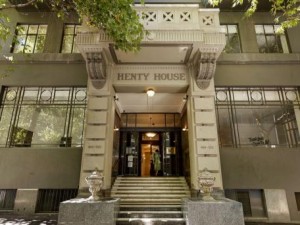
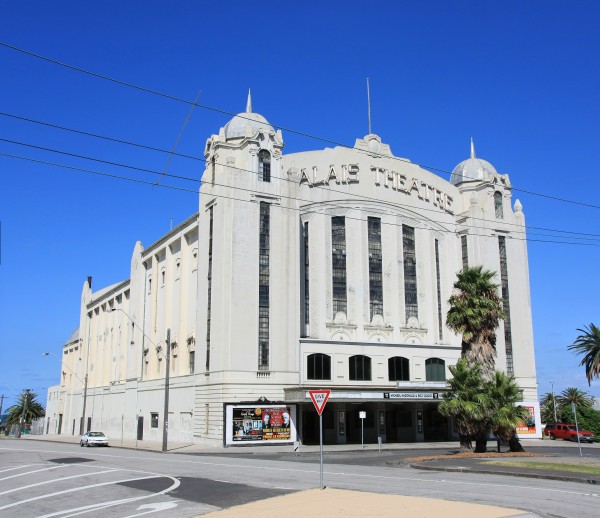
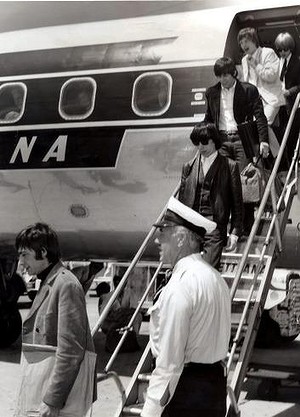
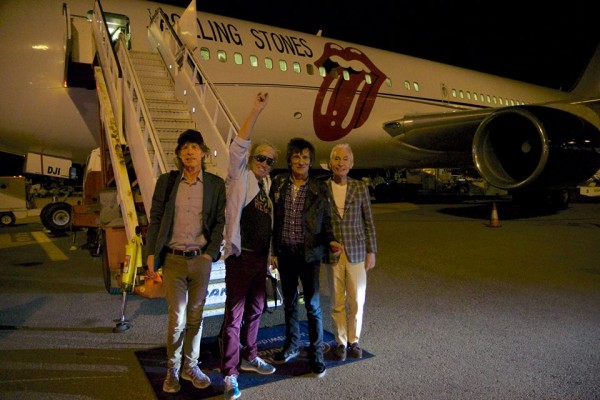

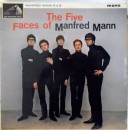

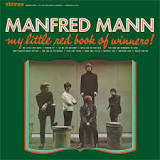
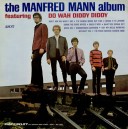

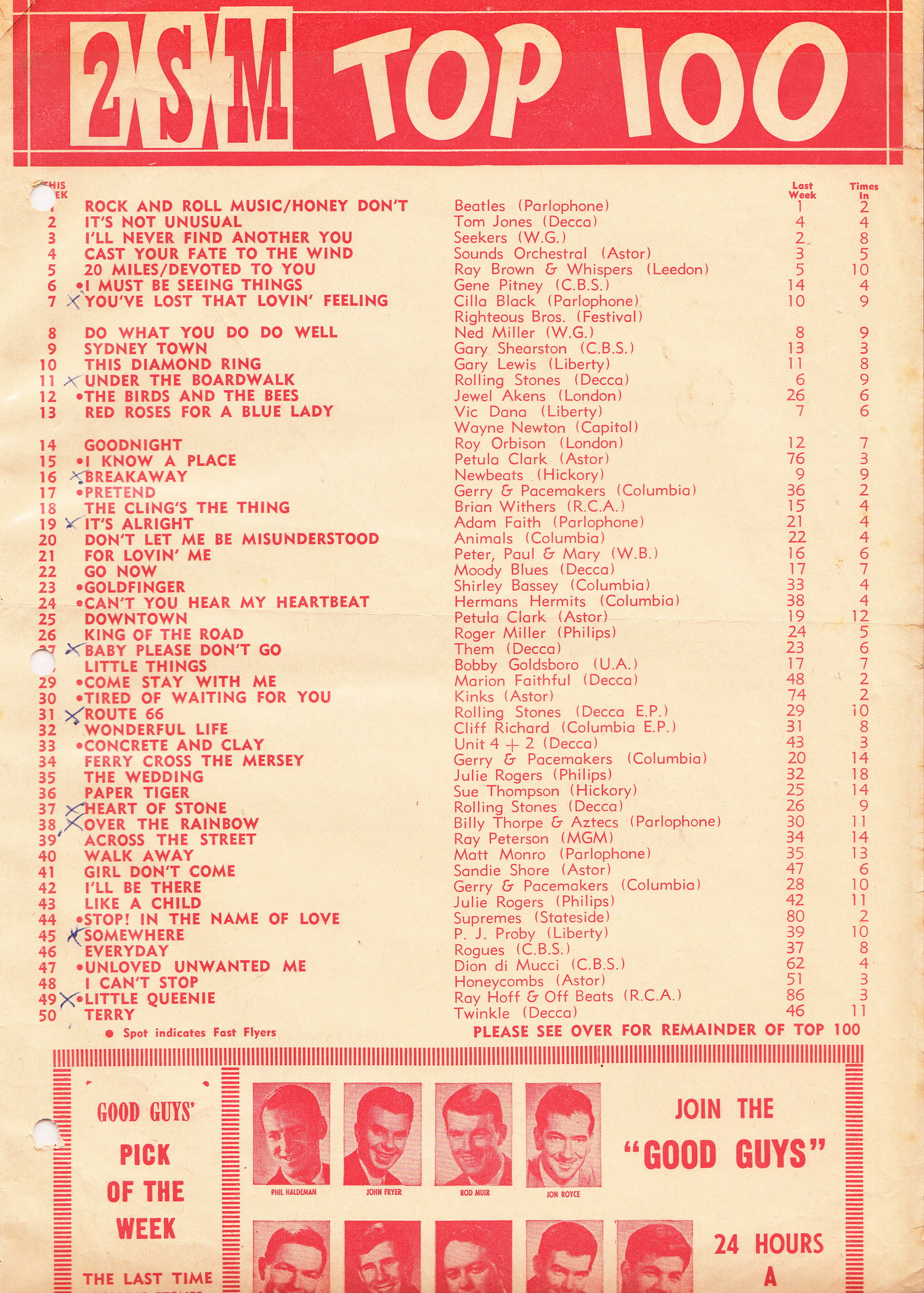

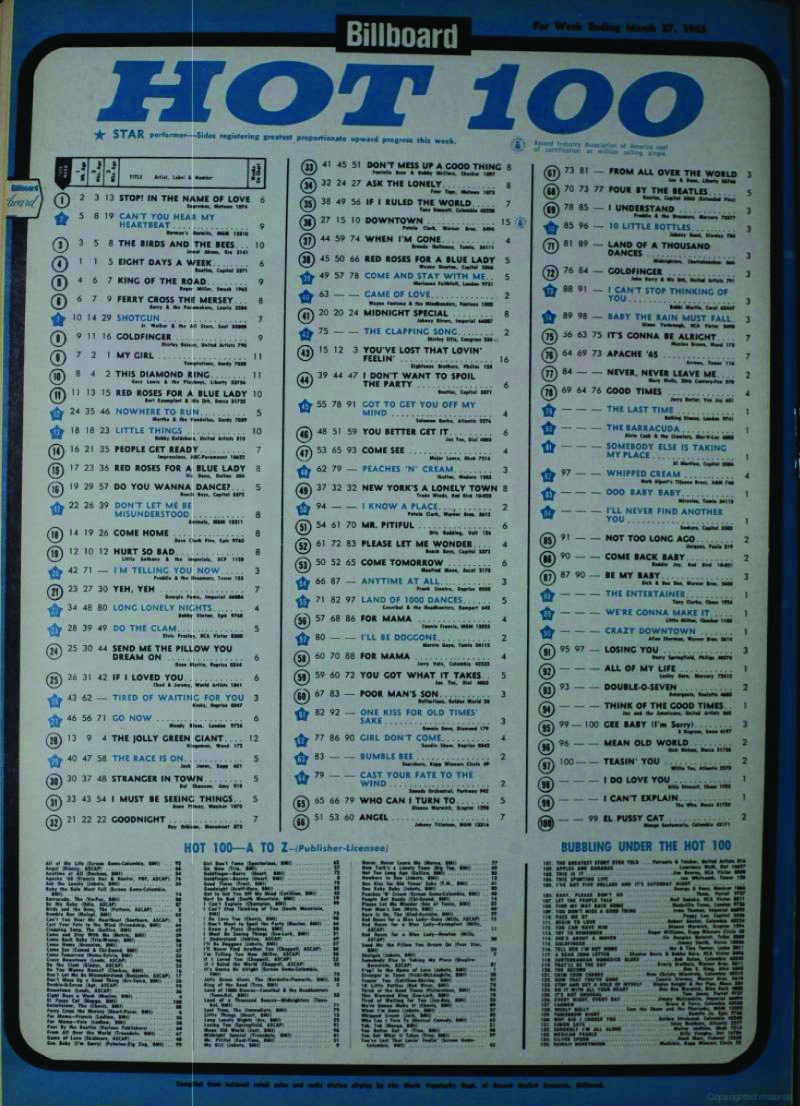

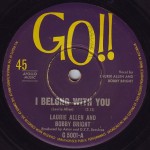
Leave a Reply